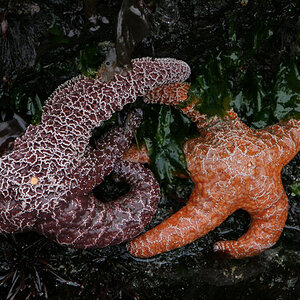Steve B72
TPF Noob!
- Joined
- Jul 7, 2019
- Messages
- 2
- Reaction score
- 0
- Can others edit my Photos
- Photos OK to edit
I've been doing sports photography for the last few years...I stepped up to a D500 but starting to think it's too much camera for me and simply don't know how to use it correctly. My pictures seem to be in focus, but grainy at the same time. I'm using a Sigma 150-500mm 1:5-6.3APO. Aside from that, I seem to have to set the F stop to 20 or 22 to get the photos to be light proportionate. If I set it to 5.6, it's way too bright and there's no discernible image. Please help and talk in 5 yr old lingo....I might be able to be helped. Thank You in advance.


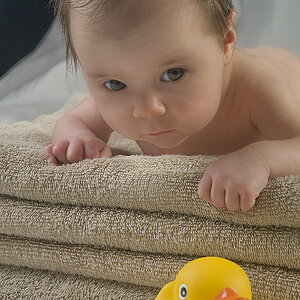
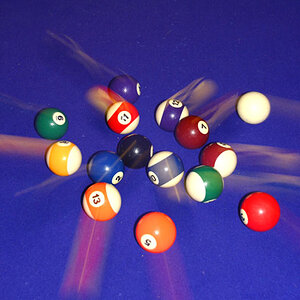
![[No title]](/data/xfmg/thumbnail/39/39288-2d76486ccc9042c6fb525aaaaffff1fb.jpg?1619738957)
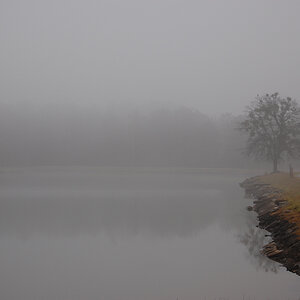
![[No title]](/data/xfmg/thumbnail/31/31747-2e2e2bda16938a6a1d5fd6120c558293.jpg?1619734987)
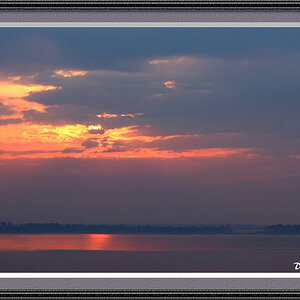
![[No title]](/data/xfmg/thumbnail/37/37606-3c9ffb5906173fa2aa489341967e1468.jpg?1619738148)
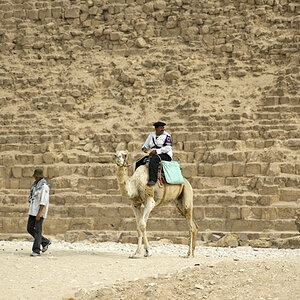
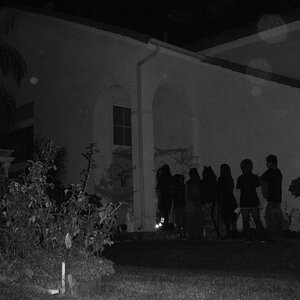

![[No title]](/data/xfmg/thumbnail/39/39291-a89dc472765e04f66f617dd9acc8030d.jpg?1619738958)
